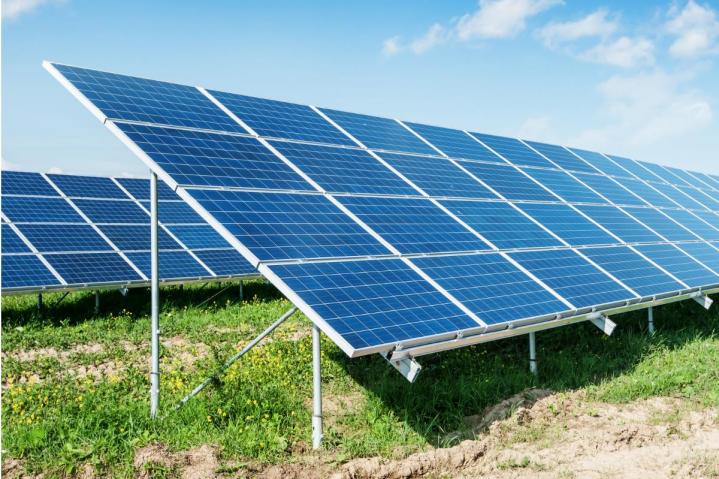
Researchers from the University’s Department of Physics and Astronomy, as well as the Department of Chemical and Biological Engineering have used the spray-on process before to create solar cells with organic conductors, but this marked the first time that scientists had been able to use perovskite. The group considers this huge progress and a hopeful sign for the future of manufacturing solar cells at a lower cost.
Since perovskite is less difficult and expensive to make, using it to make solar cells will lessen the cost of production and the overall price of the cells.
Perovskite is a calcium titanium trioxide mineral crystal structure that can be applied to anything with the same structure. Perovskite is naturally occurring, but scientists have learned to create it synthetically for use in solar cells. Just like silicon and other popular materials used in solar cells, perovskite can be manufactured in thin filmy sheets.
Back in 2012, scientists demonstrated that organometal halide perovskite-based photovoltaics work well and are cheaper to produce. The production of perovskite requires much less energy than does the creation of silicon, which is one of the most popular materials used to make solar cells. Since perovskite is less difficult and expensive to make, using it to make solar cells will lessen the cost of production and the overall price of the cells. It also turns out that the perovskite solar cells are energy efficient when they’re in action.
Although silicon-based solar cells are still the winners at 25 percent efficiency, perovskite’s efficiency rate of 19 percent is up there. Unfortunately, the spray-on perovskite solar cells are only 11 percent efficient. Still, the scientists believe that they can make that number higher with more research. They are also hopeful that the perovskite spray-on process will one day be used to make thin, film-like solar cells.
Now that the scientists have proven that it’s possible to simply spray the perovskite solar cells onto almost any surface, the group feels that there is great hope for the future of cheap, efficient solar power. The spray-on process is well-suited for large-scale manufacturing and it also eliminates waste, so more perovskite solar cells make it onto panels instead. Right now, this process is still being developed, tested, and perfected.


